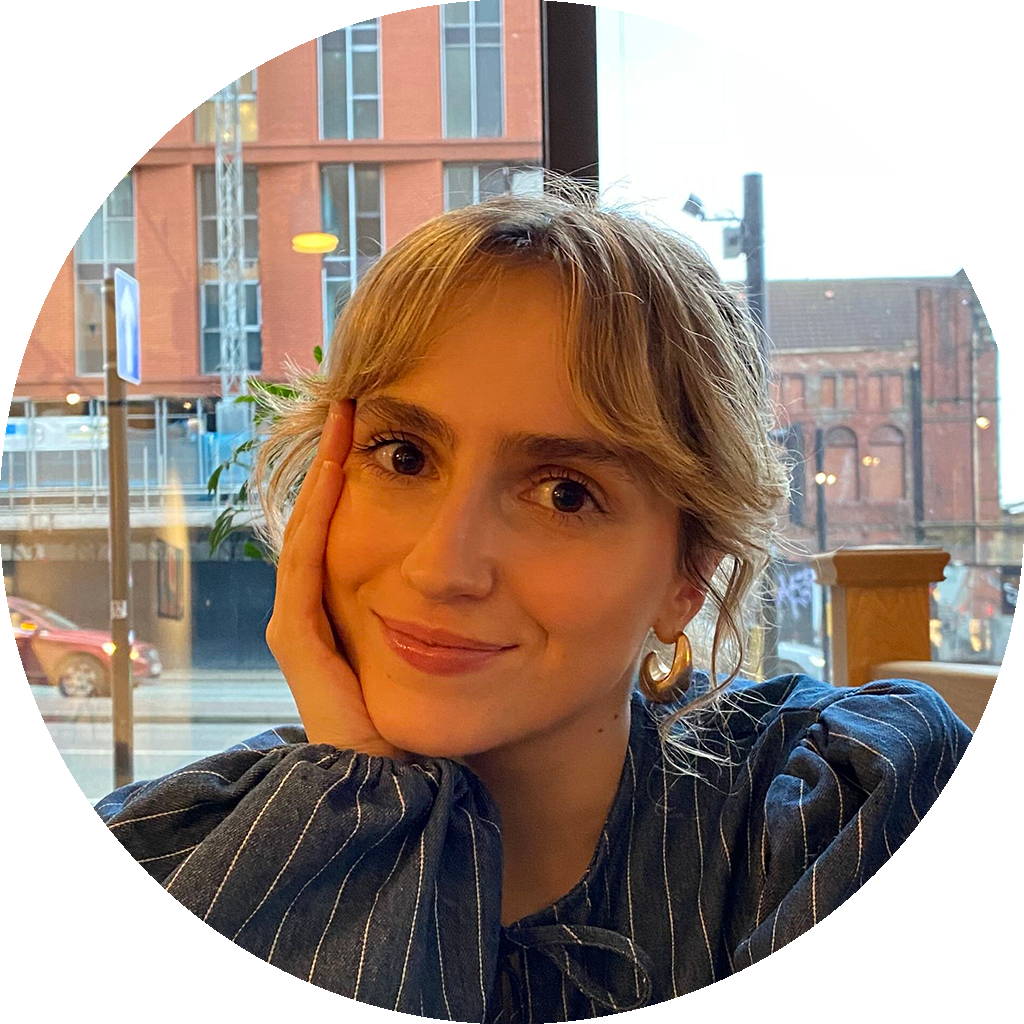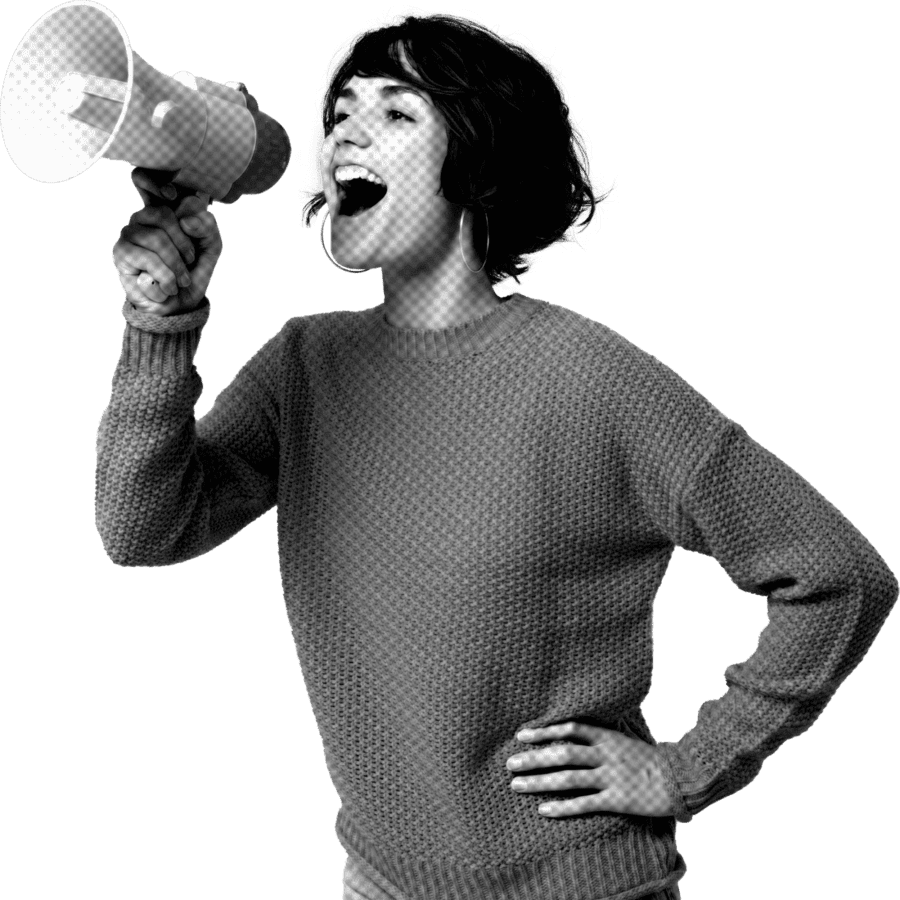Let’s face it, everyone loves a good event. Whether that is a work social, an influencer party, or a product launch. There is something about face to face interactions that, us as humans, love so much, especially after being locked inside our homes for so long during the pandemic. However, events get even better when they have their guests’ needs in mind.
For example, I love it when an event has 1) an agenda that they send me beforehand, I want to know what is happening and when, so I know what to expect and what I need to do; and also 2) a quiet area, I love meeting new people, but I need breaks and I need some quiet time in between, otherwise I would have to leave the event 15 minutes after arriving.
It might sound like it makes event planning even more difficult than what it already is, but in reality, making sure your events are accessible for everyone from the start makes sure that you’re minimising potential future issues. Furthermore, regardless of disability and background, everyone deserves to participate and enjoy events fully. Accessible events ensure that all attendees feel welcomed and respected. And this goes for all types of events, whether in-person or virtual, accessibility should be a priority throughout the planning, execution, and follow-up stages of your event.
Today we will be exploring why accessible events are essential and we’ll give you some practical tips for creating inclusive experiences for all attendees.
Table of Contents
Why are Accessible Events Important?
Accessible events are essential because they promote inclusion and allow everyone to participate and enjoy the experience. When you create an event without considering people’s access needs, for example, you would be limiting who has access to those opportunities, restricting people’s personal and professional growth, as well as the event’s impact.
Consider that 15% of the global population—over 1 billion people—live with some form of disability. That is 24% of the UK population, the largest minority in the world. So, if your event is not accessible, you risk excluding a significant portion of your audience.
Accessibility isn’t just about physical accommodations like wheelchair ramps and quiet areas; it also encompasses sensory, cognitive, and technological needs. By making your events accessible, you demonstrate a commitment to inclusion, expand your audience, and foster a welcoming environment for all.
And, of course, we cannot forget the business case of inclusion. With the Purple Pound worth £274 billion each year, including the Disabled community in your events can have amazing business benefits, as well as enhance brand’s reputation and increase event attendance.

How to Create Accessible Events
I know you’re probably here to learn more about what practical things you can do to make sure your next event is as accessible and inclusive as possible, so below are some key steps you can follow:
Understanding Accessibility Needs
The first step in creating an accessible event is to understand the specific needs of your audience. Disabilities vary widely, and accessibility isn’t a ‘one size fits all’. Solutions need to address different physical, sensory, cognitive, and even dietary needs.
- Survey Attendees in Advance: When sending out invitations or registration forms, include questions about accessibility requirements. Ask attendees if they would require any accommodations, such as sign language interpreters, wheelchair access, assistive listening devices, or dietary restrictions. This gives you a clear idea of the support required and helps you plan accordingly.
- Engage with Disability Advocacy Groups: Partnering with disability organisations, like Purple Goat, can provide valuable insights into best practices and help identify the most common barriers people with disabilities face during events.
Venue Selection and Setup
Choosing the right venue is a critical part of making an event accessible. These are some of the things to consider when looking for the right space for your event:
- Physical Accessibility: Ensure the venue is wheelchair accessible, including ramps, elevators, and disabled bathrooms. Check for wide doorways, smooth flooring, and seating arrangements that allow space for wheelchairs. If your event includes a stage or panel discussion, make sure there is a ramp or lift for speakers or presenters.
- Signage: Clear, large-print signage with good contrasting colours is essential for attendees with visual impairments, but those from the Neurodivergent community can also benefit from this. Make sure that things like ‘toilets’, ‘quiet area’ or ‘bar’ are clearly signalled. You could also consider adding Braille signage where possible.
- Space navigation: Ahead of the event, it’s really helpful to send your attendees a video tour of the space so they know what to expect, and maybe even point out areas where they might struggle.
- Seating Arrangements: Design seating layouts that accommodate people with mobility devices, assistance dogs, and interpreters. Offer reserved seating for attendees with hearing or visual impairments closer to the stage or screens, as well as those who might need to sit down frequently due to their condition.
- Lighting and Sound: Ensure that the lighting is bright enough for attendees with low vision, but avoid harsh, strobing lights that could trigger issues for individuals with sensory sensitivities or epilepsy.
Communication and Marketing
The communication revolving your event before, during and after it’s happened, should also have accessibility in mind:
- Accessible Event Materials: Ensure that all promotional materials, content, invites, and registration forms are available in accessible formats. This includes providing large print or PDFs that are compatible with screen readers, adding captions to your videos, and making sure you’re using good colour contrast in your prints. We have plenty of content on our Instagram and YouTube channels, as well as on our blog, if you’d like to learn more about how to make your social media content for your event fully accessible.
- Clear Language: Use clear, concise, and jargon-free language in your event materials. This will ensure your communications are easily understood by everyone, including individuals with cognitive disabilities as well as those that might not have English as their first language.
- Accessible Website and Registration Forms: If your event has a website or online registration, make sure it’s fully accessible. This means ensuring it’s compatible with screen readers, using alt-text for images, and creating forms that can be easily navigated by keyboard alone for those unable to use a mouse.
- Communication Support: Provide options for communication support, such as sign language interpreters and real-time captioning. Make it clear in your marketing materials that these services are available.
Event Technology and Virtual Accessibility
If you’re looking to organise a virtual event, technology is key to ensuring accessibility for all attendees:
- Captioning and Subtitles: Ensure that all video content has subtitles. For live virtual events, provide real-time captioning or sign language interpretation (having both would be ideal).
- Platform Accessibility: If your event includes a virtual platform, ensure it’s compatible with screen readers and other assistive technologies. Platforms like Zoom or Microsoft Teams offer built-in accessibility features, but always test these features in advance. You can also remind attendees of the features available at the start of your event, as some might benefit from those.
- Sign Language Interpreters: For virtual events, consider having a sign language interpreter to ensure participants with hearing impairments can follow the event.
- Recordings: Having a recording of the session that you can then send to attendees, can be a great accessibility tool, especially for those that might need extra time to go through all of the information afterwards. However, this is also helpful in general for anyone who might want to remember something specific that was said, or those who couldn’t join the event.
Staff Training and Assistance
Having staff that is trained will make things ten times better for everyone. Consider working with organisations like Purple Goat, whose team have lived experiences of disability and can provide the necessary training for your team, making sure your event runs smoothly.
- Training on Disability Awareness: Ensure all staff are trained in disability awareness and accessibility best practices. This includes being knowledgeable about how to assist individuals with specific needs and disabilities.
- On-Site Assistance: It’s also helpful to have staff on standby to guide attendees through accessible routes or answer any queries related to accommodations.
Post-Event Accessibility Considerations
The event doesn’t end when the last attendee leaves the venue. It’s important to ensure that accessibility is considered in post-event communications and follow-ups.
- Accessible Post-Event Materials: Similar to what we were talking about above, make sure you provide accessible versions of any post-event materials, such as recordings, slides, or documents. Ensure that video recordings are captioned, transcripts are available, and documents are provided in screen reader-friendly formats.
- Surveys and Feedback: Send out post-event surveys that are accessible to all attendees, asking specifically about accessibility experiences and areas for improvement. Feedback from attendees can be really beneficial and can help improve future events.

Conclusion
Creating accessible events is a way to foster an inclusive environment where everyone is welcome. By prioritising accessibility from the very start, and working with the Disabled community, you can demonstrate your commitment to inclusivity and create a beautiful experience for everyone.
The truth is, accessibility is not just beneficial for the Disabled community, it is good for everyone. No one is going to go to your event and say “I hated that event, it was incredibly accessible”. Take for example our work with Strongbow, we consulted with their team to make sure the Strongbow yard at Brighton Pride was the most accessible space at the festival. The event wasn’t specifically aimed at the Disabled community, but by creating an inclusive and accessible space, everyone felt welcomed and was able to enjoy a great time together!
If your organisation is ready to take the next step toward inclusive event planning, Purple Goat offers comprehensive DE&I training and consultancy services to help you create accessible, inclusive events for all attendees.




